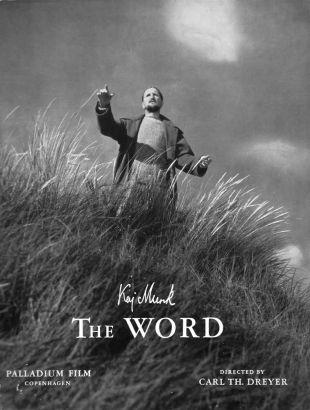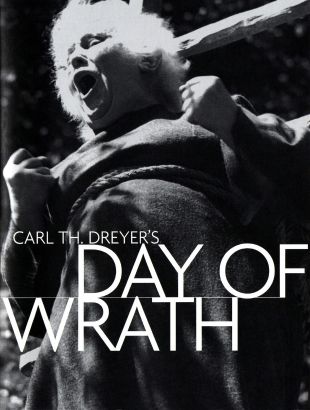Though not a prolific director, or one whose films were consistently popular with critics nor the public, Carl Theodor Dreyer is considered one of the greatest directors in Danish cinema. His use of compact, almost Spartan storylines combined with austere visuals and quick, close-focus cinematography has had a substantial influence on such later directors as Ingmar Bergman and Robert Bresson. Orphaned early on, Dreyer's adoptive parents were financially struggling blue-collar, deeply religious Danes. Though they met his basic physical needs, the strict Lutheran concepts with which they raised him would later figure prominently in his work, which was frequently centered upon provocative explorations of psychological guilt and metaphysics. Dreyer became a journalist in 1910 after failing to make it as a cafe pianist or a corporate bookkeeper. With his tabloid, he wrote celebrity profiles; this helped him connect with the entertainment industry. Two years later Dreyer was writing titles for films from the Nordisk company, which lead him to screenwriting and infrequent jobs editing films. He wrote 23 screenplays before directing his first film, The President (1918), a pretentious but ultimately routine melodrama that was neither a critical nor a box-office success. Dreyer attempted to mimic the episodic structure of D.W. Griffith's Intolerance in his second feature, Leaves from Satan's Book (1919). Like his first film, this one was considered pretentious, but despite the film's flaws, it did contain fleeting glimpses of his future greatness.
Following Satan's Book, Dreyer sought to escape the financial instability of the Danish film industry and ended up making films in Norway, Sweden, France, and Germany, but try as he might, he was never able to escape battles with his producers and backers many who were said to have considered Dreyer an extravagant, extremely stubborn artist. The reputation was justified as the director considered his films works of art and doggedly refused to cut corners. Dreyer made his first great film, The Parson's Widow (1920) in Norway with funds from the Swedish company, Svensk Filmindustri. The story is rife with a psychological richness not often found in melodramas. His next film, Mikael, a study of a tormented artist trying to cope with his homosexual desires, was made in Germany. This film too demonstrated Dreyer's ability to evoke realistic, highly concentrated emotional responses from his actors.
It was in France that he made the masterpiece for which he is best remembered, The Passion of Joan of Arc (1928), a powerful, imperfect chronicle of the final day in the saint's life. It was here that Dreyer took one of Griffith's techniques, the close-up, and created effects designed to capture every nuance of the characters' conscious and subconscious state. This film took the director over 18 months to finish. With this film, Dreyer attempted to keep the story historically accurate in every way: the script was based on actual trial records, the cast wore period clothing sans make-up and jewelry, the film was shot in perfect sequence, and elaborate, expensive sets were constructed, including an enormous castle with sliding walls to facilitate photography. Unfortunately, though critics adored the film (and still do, as it remains one of the most carefully examined and acclaimed films in the history of cinema), it was a box office flop. Due to a lengthy breach of contract suit with his French producers over a subsequent film, Dreyer didn't make another film for five years (though he did win the court case).
His next film, 1931's Vampyr (his first talkie), an exploration of the thin opaque veil between reality and the dream world, was independently funded and utilized a non-professional cast of actors. Though considered by many modern critics as a horror masterpiece, critics of the day disliked the film, and the public too stayed away. Dreyer was devastated by the two failures and did not make another film for ten years. Instead he went back to journalism until 1942, when he attempted a comeback with a short documentary. It was during 1943, the apex of Nazi occupation of Denmark, that he made his next classic, Day of Wrath. Though the film is outwardly a chronicle of a religious witch-hunt, it contained many subtler comparisons to the behavior of the Nazis, and Dreyer fled Denmark for Sweden where he remained, making another film, until the war was over. Upon his return to Denmark, he was unable to find a backer for his next film and therefore began making government-sponsored documentaries. Ten years later he created two more classics Ordet (1955) and Gertrude (1964). When he died, Dreyer was preparing to make a film about the life of Christ.


